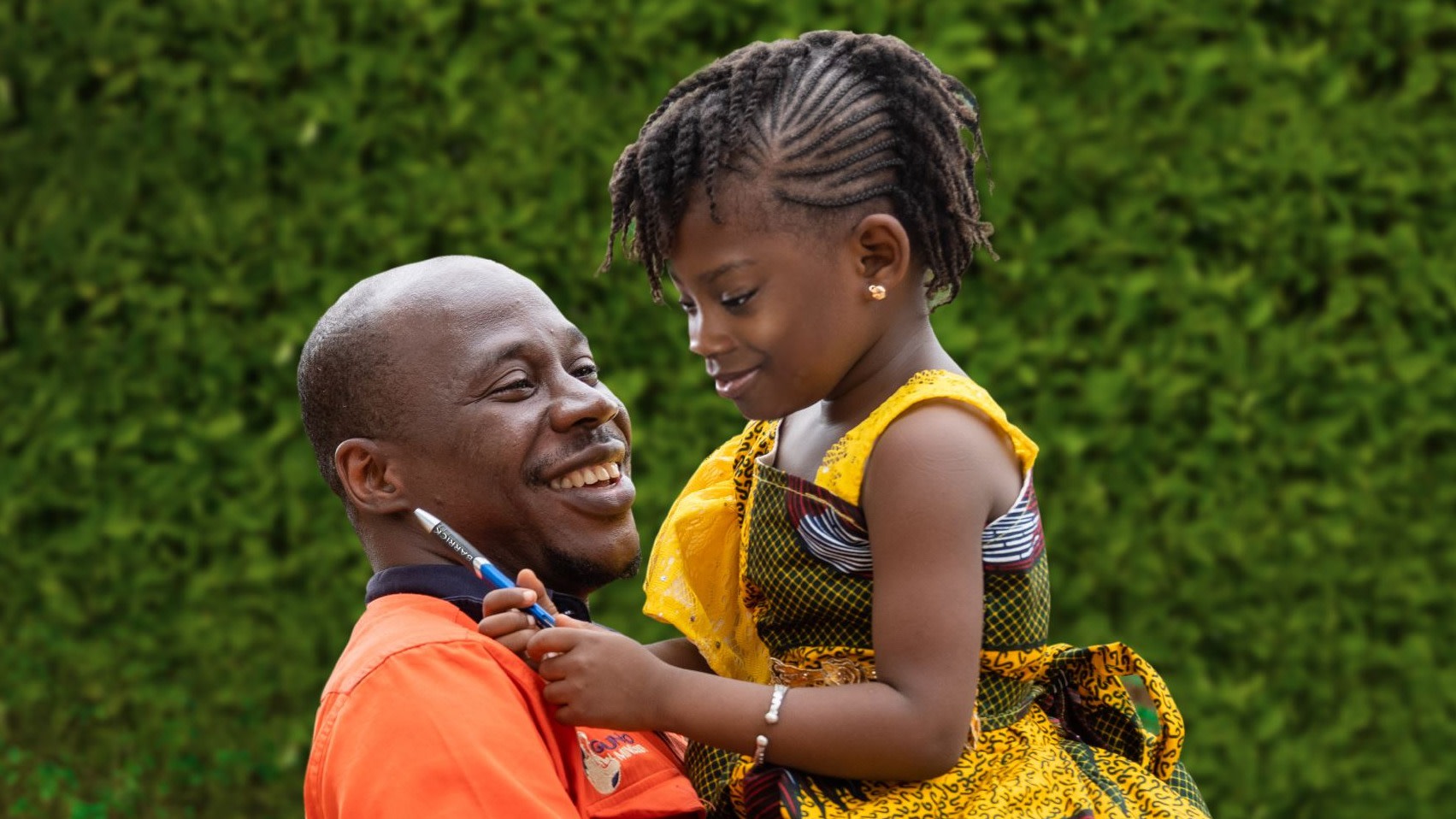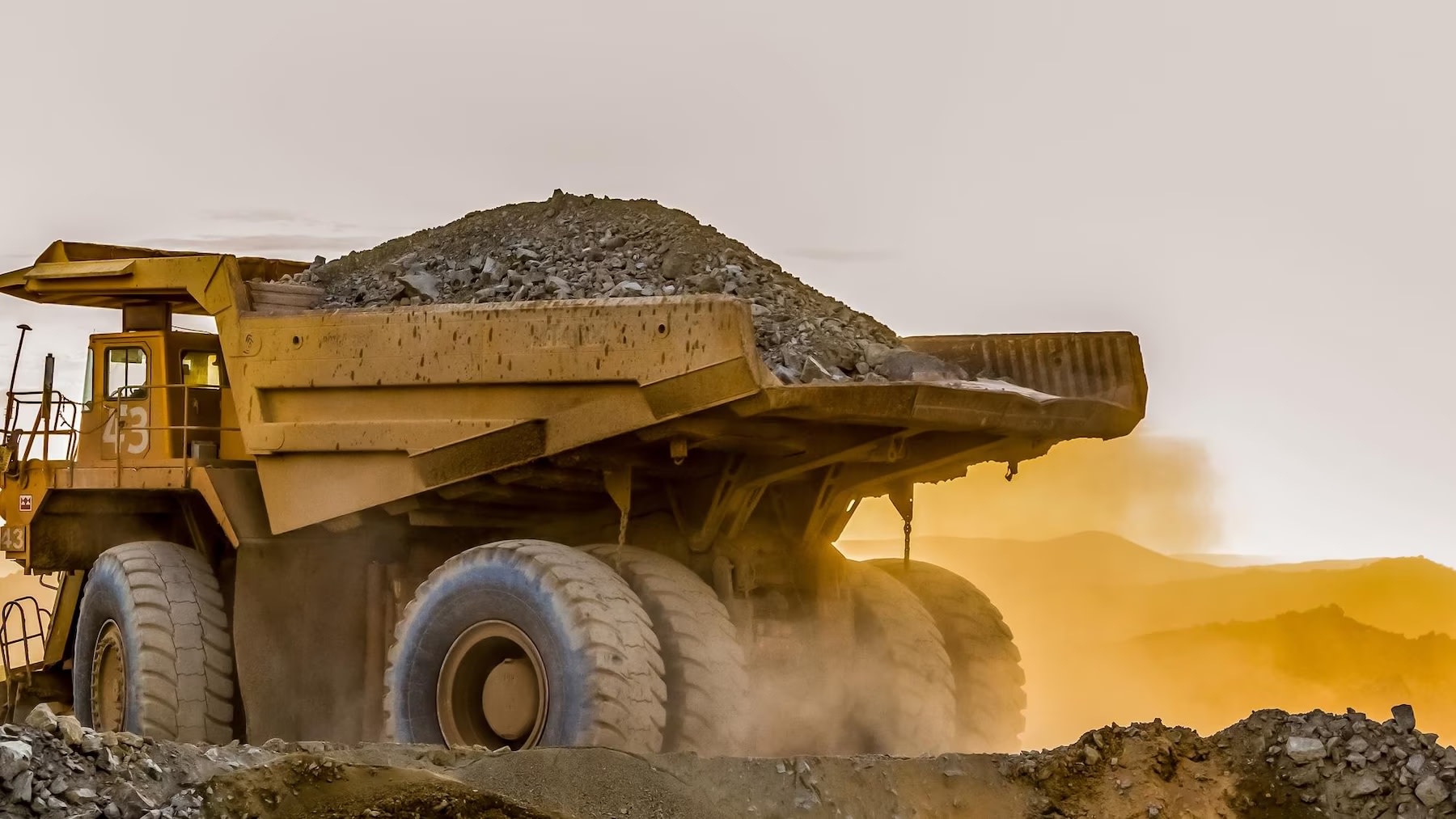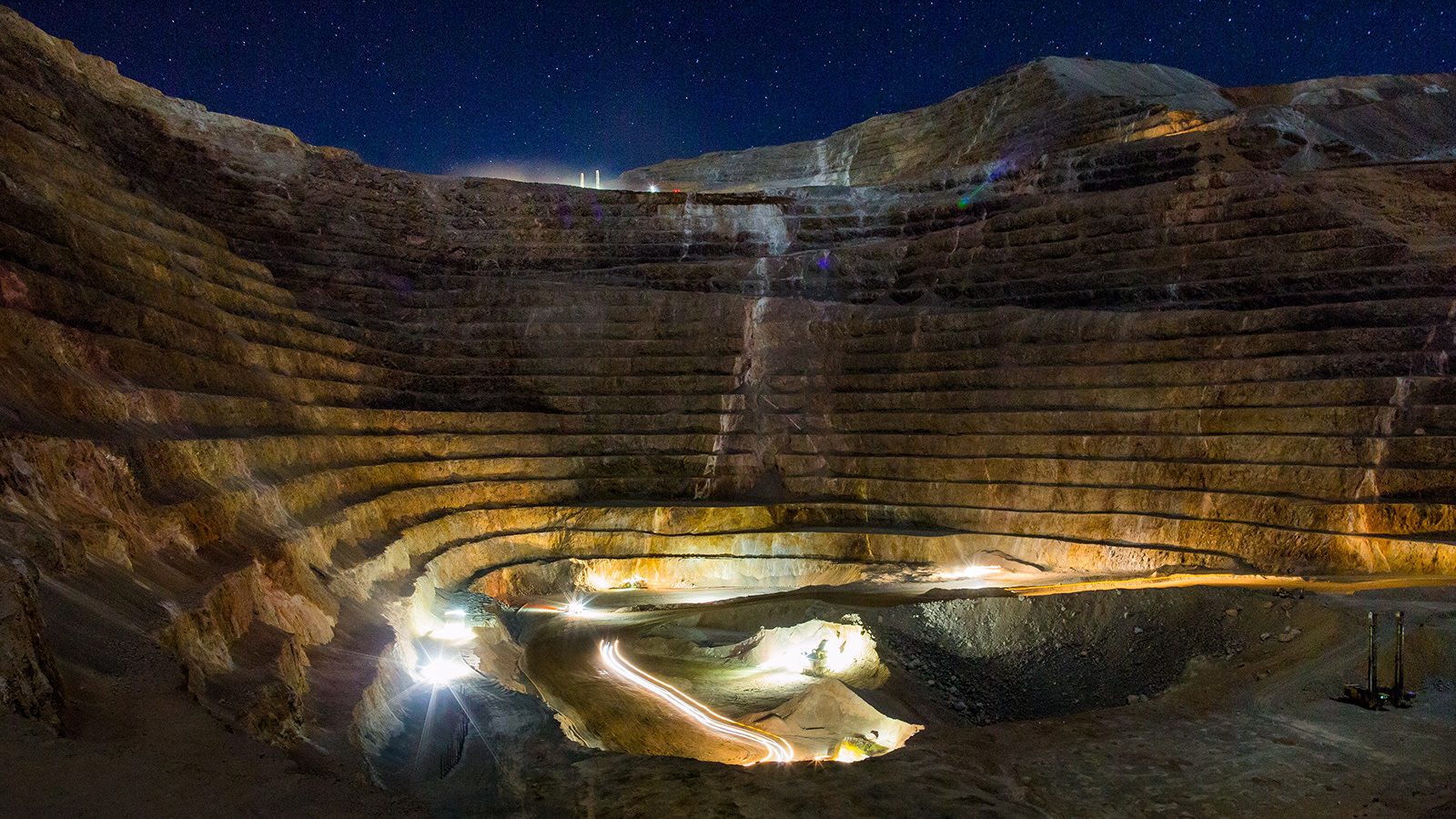Barrick asserts that a holistic plan to ESG will have long-lasting effects.
Barrick Gold Corp

Barrick Gold achieved a 'B' grade for a third consecutive year in its industry-first Sustainability Scorecard. Highlights include the certification of all operational sites to the ISO 45001 and ISO 14001 standards and the procurement of goods and services worth $1.67 billion from local suppliers.
Barrick Gold Corporation (NYSE:GOLD)(TSX:ABX) has an integrated approach to sustainability to address each of the Environmental, Social and Governance (ESG) components concurrently, says group sustainability executive Grant Beringer in the company’s 2021 Sustainability Report published today.
“The challenges of fighting poverty, climate change and biodiversity loss are deeply connected and we have no option but to tackle them together, through a holistic and integrated approach to sustainability management, if we are to make a lasting, positive impact on any of them,”
he says.
“While excellent management of environmental aspects is critical for sustainable delivery, this only focuses on one side of the issue. That is why this report has a strong focus on the ‘silent S’ in ESG, demonstrating that responsible mining is an enormous lever for delivering social upliftment and development.”
Barrick achieved a ‘B’ grade for a third consecutive year in its industry-first Sustainability Scorecard and recorded significant improvements across most of its key metrics. Highlights for the year include the certification of all operational sites to the ISO 45001 and ISO 14001 standards and the procurement of goods and services worth $1.67 billion from local suppliers close to Barrick’s operations.
In total, $5.5 billion was spent on host country suppliers, equating to 81% of Barrick’s global procurement spend. Further details of Barrick’s economic value contribution, including taxes paid, is included in its standalone Tax Contribution Report for 2021. Host country nationals now comprise 96% of its workforce and the group maintained its downward trend in the Total Recordable Injury Frequency Rate1.
Additionally, approximately $850 million has been spent or budgeted for renewable energy and greenhouse gas (GHG) emission reduction projects, all of which meet the company’s required 15% internal rate of return. The report also contains an updated GHG Reduction Roadmap, outlining the projects that decrease emissions against Barrick’s 2018 baseline by at least 30% by 2030 while maintaining a steady production profile, as well as its course to be Net-Zero by 2050. It also details Barrick’s first-ever disclosure of its Scope 3 emissions and Scope 3 roadmap to engaging and assisting its suppliers with their GHG emissions reductions. Barrick’s water efficiency rate, a measure of the amount of water it reuses and recycles, was 82% for 2021.
Meanwhile, its new Biodiversity Standard, focused on driving positive biodiversity outcomes in critically important areas, has resulted in a significant increase in key species populations in the Garamba National Park in the Democratic Republic of Congo near its Kibali Mine. Barrick, through its partnership with African Parks and the Congolese Institute for the Conservation of Nature (ICCN), is also the sole sponsor to reintroduce white rhino to the park in 2022.
“Conserving biodiversity is fundamental to planetary survival, essential to tackling climate change and has an important role to play in the war on poverty. We strive not only to preserve and maintain biodiversity within our permits but to partner with NGOs and other organizations, to protect and restore critical biodiversity in some of the world’s most ecologically sensitive places,”
says Beringer.
The latest report is now aligned to the Sustainability Accounting Standards Board’s (SASB) reporting requirements for metals and mining and continues to conform to the Global Reporting Initiative’s ‘GRI Standards: Core option’ as well as the Task Force on Climate-related Financial Disclosures (TCFD) framework.
Source: Barrick news






